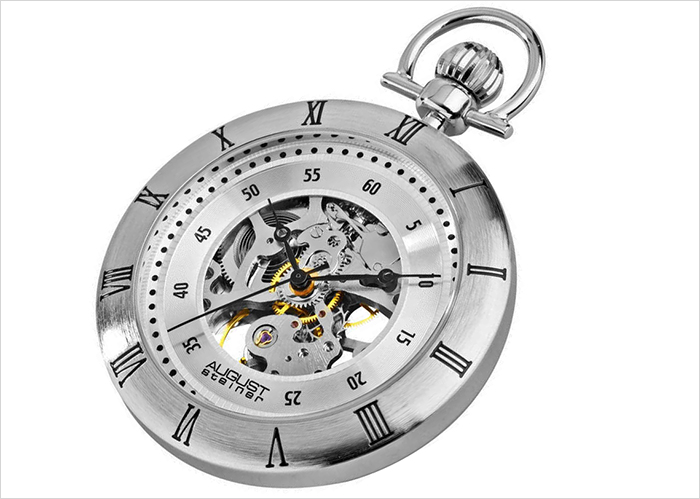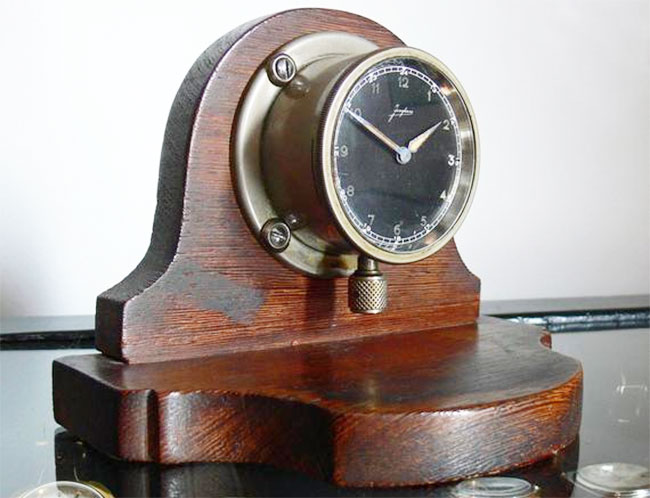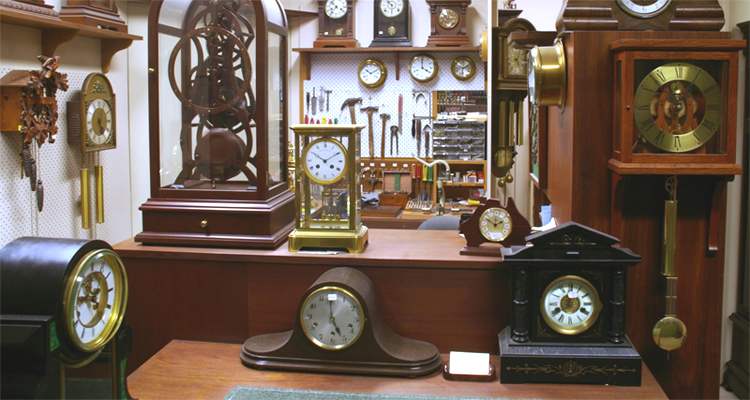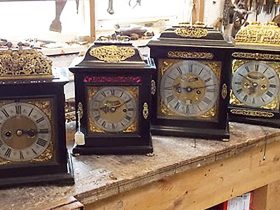Do you want to determine how much your antique cuckoo clock is worth?
The easiest way to assessing the probable market value of old cuckoo clocks is through an expert horologist or a clock appraiser. While this path may be convenient, it entails a risk.
In any valuation, it is important to remember that your spending should be limited to what your purpose dictates. So if you plan on selling your cuckoo clock, you have to make sure its market price is more than the appraiser’s fee.
This is where preliminary appraisal enters. Before having the cuckoo clock appraised, you can perform a self-appraisal to estimate its worth.
Appraising antique cuckoo clocks is less complicated when compared to other antique timepieces primarily because cuckoo clock production has mostly been limited to the Black Forest region in Germany.
We are going to start the initial assessment by discussing four factors that significantly affect the value of an old cuckoo clock.
Is it a Black Forest cuckoo clock?
The first cuckoo clocks were manufactured in the Black Forest region in Germany. Over time, cuckoo clocks became the representative of the region’s clock making tradition and craftsmanship. Thus, Black Forest cuckoo clocks are highly-priced by collectibles.
The name of the manufacturer is usually displayed on the case of cuckoo clocks. If the name is not on the case, open the clock to access the mechanisms of the clock. The maker’s name should be stamped on the parts.
Black Forest cuckoo clocks are also identifiable by their unique hand-carved case which often depicts the region’s culture. Common carvings include a rabbit, an eagle, trees and a deer.
Does your cuckoo clock have a mechanical movement?
The movement, the mechanism that makes a timepiece work, is the clock’s soul. There are two popular movements: mechanical and quartz (electronic). Of the two, mechanical movement is highly valued because of the artistry and superb craftsmanship that it represents.
Almost all antique cuckoo clocks have mechanical movements. Hence, a clock that has been in your family for generations will most likely be powered by a mechanical movement. To verify this, check if the clock requires constant winding, pulling the weights by its chains.
Does the cuckoo clock have a 1-day or 8-day mechanism?
A vintage cuckoo clock can either have a 1-day or 8-day mechanism. This refers to how long the clock will continue to run before it needs winding. 1-day cuckoo clocks, also known as 30-hour clocks, needs winding everyday while 8-day clocks are wound once a week.
Vintage cuckoo clocks equipped with an 8-day mechanism are more expensive than a 1-day winding clock.
Is it a musical or a non-musical cuckoo clock?
Musical cuckoo clocks are timepieces that produce sounds more than the usual “cuckoo call.”
It is easy to identify a musical cuckoo clock. Just count the number of weights attached to the clock. Musical cuckoo clocks have three weights (usually in the form of pine cones). Each weight is linked to a part in the clock’s mechanism.
The first two weights are used to power the clock’s movement and the works for the cuckoo call. The third is for managing additional complications on the clock, usually in the form of additional tunes.
Musical cuckoo clocks are more priced more than non-musical clocks. In fact, the more tunes the clock has, the more expensive it becomes.
We finished our initial check of the cuckoo clock. If you answered “yes” to all four, then you’re probably in possession of a valuable clock. The next step will check the clock’s condition.
Is the mechanism still working?
This is considered as the “acid test” for any collectible timepieces, cuckoo clocks included. Collectors look for working samples of vintage cuckoo clocks making a cuckoo clock in working condition sought-after.
Non-working ones can still be sold for scrap value. Horologists buy defective cuckoo clocks for parts. Some collectors and cuckoo clock makers purchase the antique clock’s case especially if it’s in good condition.
Does the cuckoo clock’s case have chips, cracks or dents?
One distinguishing feature of antique cuckoo clocks is the case which is usually made of Linden Tree wood. As wood age, it is subject to damage such as cracks, chips and even broken parts.
This is true for cuckoo clocks. Scrutinize every part of the case and take note of any dents or damages. Missing carvings or parts of the case will significantly decrease the value of the clock.
A vintage cuckoo clock with little to no damages will be valued twice the amount of a damaged clock of the same model. This is what happened to two identical Schneider cuckoo clocks made between 1870 and 1880. A damaged model, with a few dents and cracks, was sold for USD 5,000 while the clock in good condition fetched USD 20,000.
By now, you should have an idea of the probable market value of your cuckoo clock. If you choose to proceed with the appraisal, here are some tips in dealing with a professional appraiser:
• Reputable appraisers charge by the number of hours it take him to appraise the clock. Avoid appraisers that take a percentage off the selling price of the watch.
• Quality clock appraisal requires you to bring the item to the appraiser.
• Always remember that the real value of the clock is the amount the buyer is willing to pay for and not the amount the appraiser has set for the item.










Leave a Reply